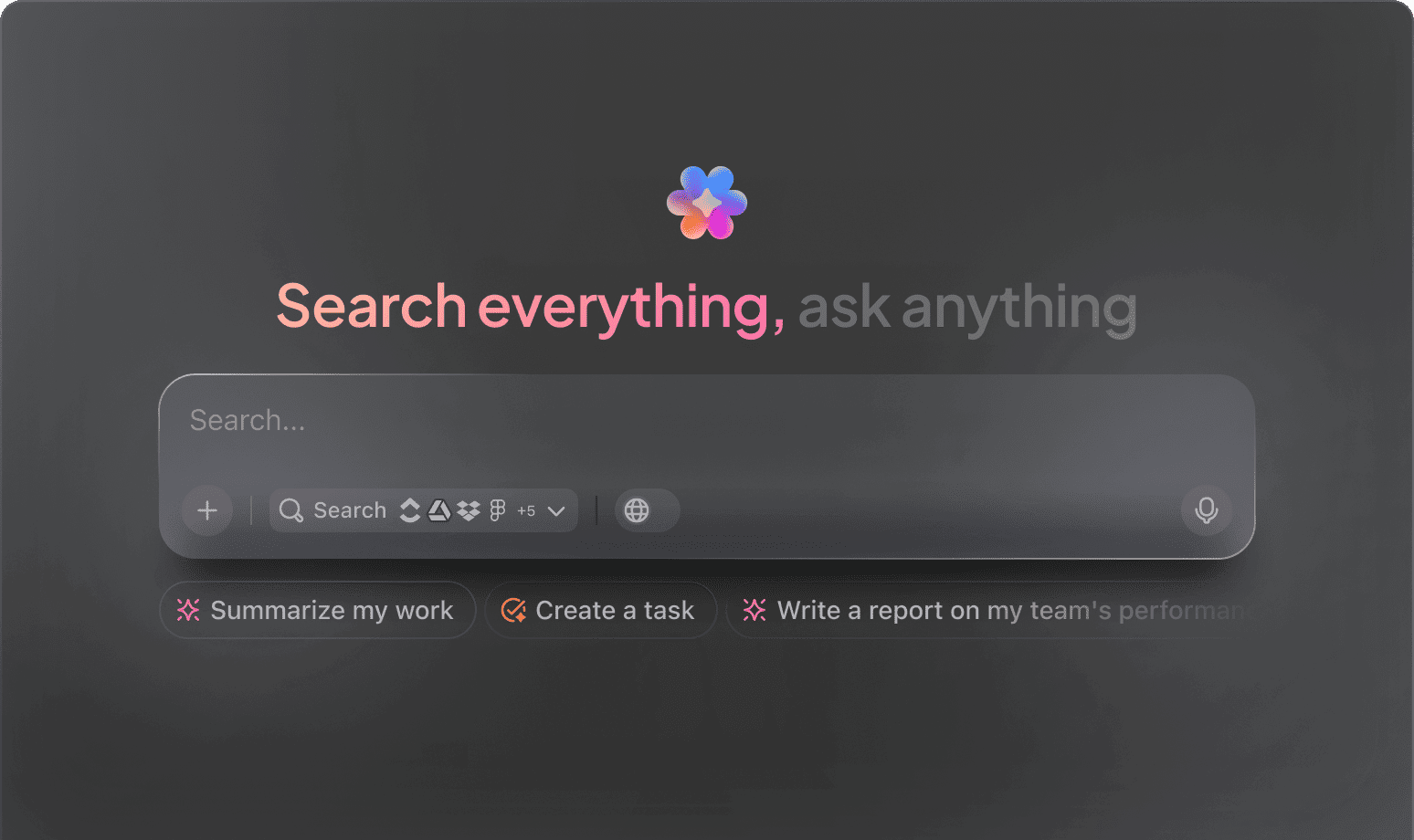AI Onboarding Assistant
Top AI Prompts for Onboarding Success with ClickUp Brain
Simplify new team member integration, enhance training processes, and unlock smoother onboarding journeys using ClickUp Brain’s intelligent prompts.
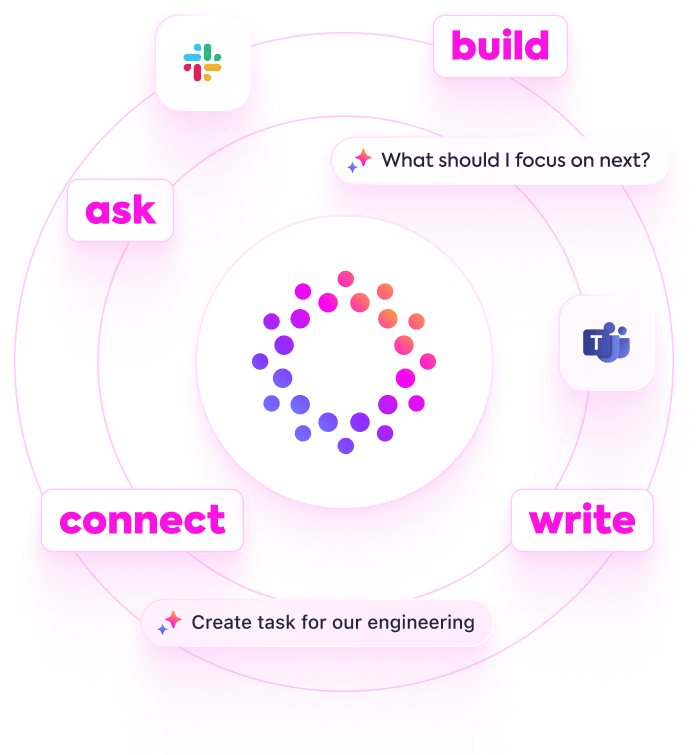
Trusted by the world’s leading businesses
AI in Onboarding Excellence
Revolutionizing Team Onboarding with AI-Powered Prompts
Bringing new team members up to speed is about more than just introductions—it’s about creating a smooth, engaging journey from day one.
From role familiarization to process training, resource sharing, and feedback collection, effective onboarding requires coordination across many steps—and a wealth of information to manage. That’s where AI prompts are making a real difference.
Teams now leverage AI to:
- Quickly identify key training materials and best practices
- Generate personalized onboarding checklists and schedules
- Summarize company policies and role expectations clearly
- Transform scattered notes into structured learning paths and task lists
Integrated into everyday tools like docs, whiteboards, and project trackers, AI goes beyond simple assistance. In platforms such as ClickUp Brain, it quietly organizes your onboarding efforts into clear, actionable plans that accelerate new hire success.
Comparing ClickUp Brain with Conventional AI
Why ClickUp Brain Stands Apart
ClickUp Brain integrates seamlessly with your workflow, understanding your context so you can focus on progress instead of explanations.
Conventional AI Solutions
- Constantly toggling between apps to collect information
- Repeating your objectives with every interaction
- Responses that lack relevance and depth
- Hunting through multiple platforms to locate a single document
- Interacting with AI that only processes input without action
- Manually switching between different AI engines
- Merely another add-on in your browser
ClickUp Brain
- Deeply connected to your projects, notes, and team communications
- Retains your past activities and objectives
- Provides detailed, context-driven guidance
- Offers a consolidated search across all your resources
- Enables hands-free operation with voice commands
- Automatically selects the optimal AI model: GPT, Claude, Gemini
- Dedicated desktop applications for Mac & Windows designed for efficiency
Onboarding Guide Prompts
15 Essential AI Prompts for Crafting Your Onboarding Guide with ClickUp Brain
Simplify onboarding creation—planning, content alignment, and feedback integration made straightforward.

Outline 5 key onboarding themes for new hires in a remote marketing team, based on the ‘Marketing Onboarding 2024’ doc.
Use Case: Accelerates the development of tailored onboarding paths using existing team insights.
ClickUp Brain Behaviour: Analyzes linked documents to extract core themes and suggests focused onboarding topics.

Identify current best practices for onboarding junior developers in tech startups under 30 employees.
Use Case: Guides creation of effective, scalable onboarding processes for small teams.
ClickUp Brain Behaviour: Combines internal notes and external resources to highlight relevant onboarding strategies.

Draft a comprehensive onboarding checklist for customer support reps, referencing ‘Support Team Training’ notes and past feedback.
Use Case: Ensures consistent and complete training across new hires.
ClickUp Brain Behaviour: Extracts key tasks and learning objectives to build a structured, actionable checklist.

Summarize differences in onboarding approaches between sales and product teams using the ‘Onboarding Comparison Q1’ doc.
Use Case: Facilitates understanding of department-specific onboarding needs.
ClickUp Brain Behaviour: Synthesizes document data into a clear comparison highlighting unique focus areas.

List essential tools and resources new employees need access to, referencing IT and HR onboarding documents.
Use Case: Prepares comprehensive resource lists to avoid onboarding delays.
ClickUp Brain Behavior: Scans documents to compile a prioritized inventory of required tools and access points.

From the ‘Compliance Training’ doc, generate a step-by-step onboarding module outline for regulatory topics.
Use Case: Streamlines compliance education with clear, organized content.
ClickUp Brain Behavior: Identifies key compliance areas and formats them into a sequential training plan.

Summarize 3 innovative onboarding engagement techniques from recent HR research and internal surveys.
Use Case: Enhances new hire experience with proven engagement strategies.
ClickUp Brain Behavior: Extracts recurring themes and successful methods from linked research and feedback.

From the ‘Employee Feedback Q2’ doc, summarize common onboarding pain points reported by new hires.
Use Case: Targets improvements by understanding real user challenges.
ClickUp Brain Behavior: Analyzes survey data to identify frequent issues and areas needing attention.

Write clear and friendly welcome messages for the onboarding portal, using tone guidelines from ‘BrandVoice.pdf.’
Use Case: Creates a warm, consistent first impression for new employees.
ClickUp Brain Behavior: References tone documents to generate varied, on-brand welcome copy.

Summarize updates in remote onboarding policies for 2025 and their implications for training design.
Use Case: Keeps onboarding content aligned with evolving company policies.
ClickUp Brain Behavior: Condenses policy documents and highlights key changes affecting onboarding.

Generate guidelines for virtual onboarding session scheduling, referencing regional time zone and compliance docs.
Use Case: Ensures smooth coordination across distributed teams.
ClickUp Brain Behavior: Extracts scheduling rules and best practices to form a clear planning checklist.

Create a checklist for IT setup during onboarding, using ‘IT Onboarding Procedures’ and hardware inventory files.
Use Case: Helps IT teams deliver consistent setup experiences.
ClickUp Brain Behavior: Identifies necessary steps and organizes them into an actionable task list.

Compare onboarding feedback scores across departments from the ‘Employee Experience’ docs.
Use Case: Supports targeted improvements by benchmarking satisfaction levels.
ClickUp Brain Behavior: Summarizes survey results into an easy-to-read comparison format.

What emerging trends in onboarding technology have been noted since 2023?
Use Case: Informs future-proof onboarding strategies with current innovations.
ClickUp Brain Behavior: Synthesizes insights from recent reports, articles, and internal notes.

Summarize key onboarding challenges faced by remote teams in Asia-Pacific from internal feedback and support tickets.
Use Case: Drives region-specific onboarding improvements.
ClickUp Brain Behavior: Extracts and prioritizes issues from multiple feedback sources for focused action.
Accelerate Your Onboarding with ClickUp Brain
Cut down repetitive tasks, unify your team’s efforts, and craft superior onboarding experiences using AI-driven processes.





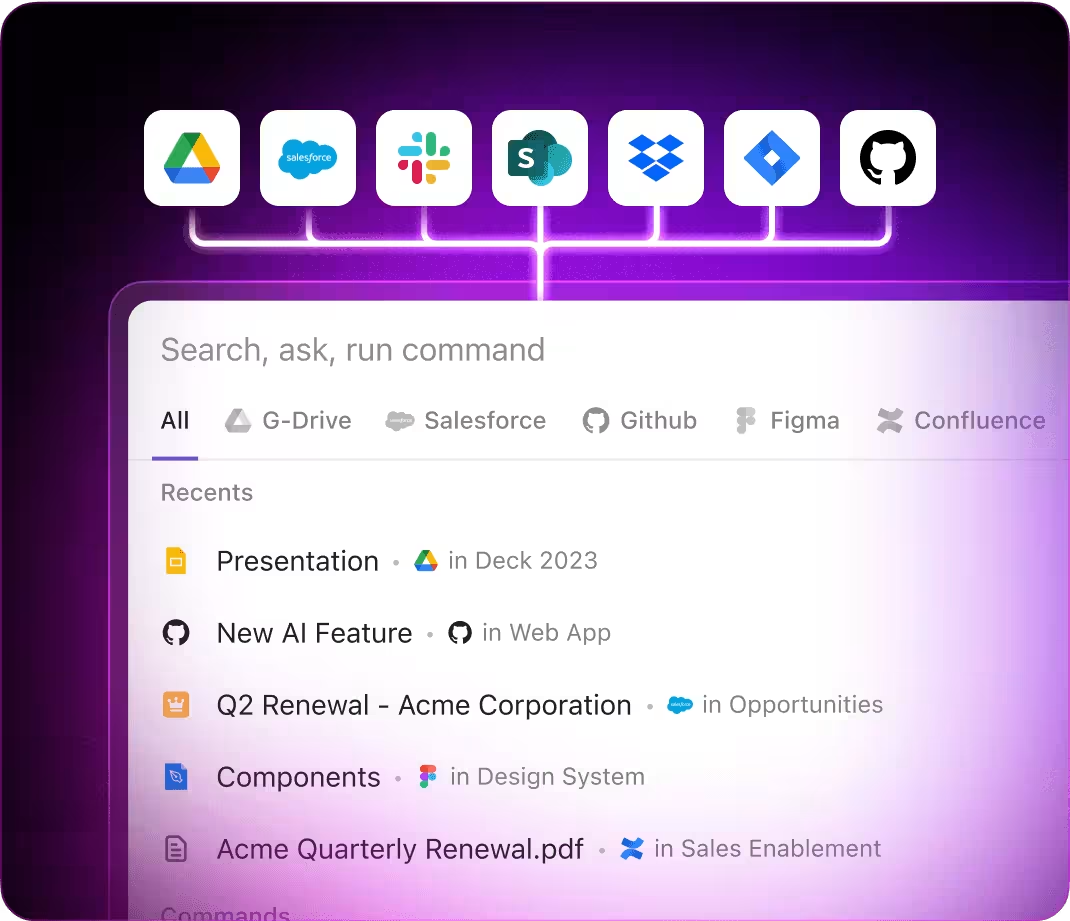
AI Applications
Leading AI Applications in Vehicle Design Processes
Speed up your design phases, enhance precision, and discover innovative ideas through AI-driven support
From Ideas to Onboarding Playbooks
Starting onboarding plans can feel chaotic with scattered feedback and incomplete notes. ClickUp Brain organizes these fragments into clear, collaborative onboarding guides—right inside ClickUp Docs.
Leverage ClickUp Brain to:
- Convert initial onboarding thoughts into polished, actionable templates
- Create fresh onboarding strategies informed by previous team experiences (using context-sensitive AI writing)
- With Brain Max, instantly explore past onboarding programs, team feedback, and training materials to inspire your next rollout.
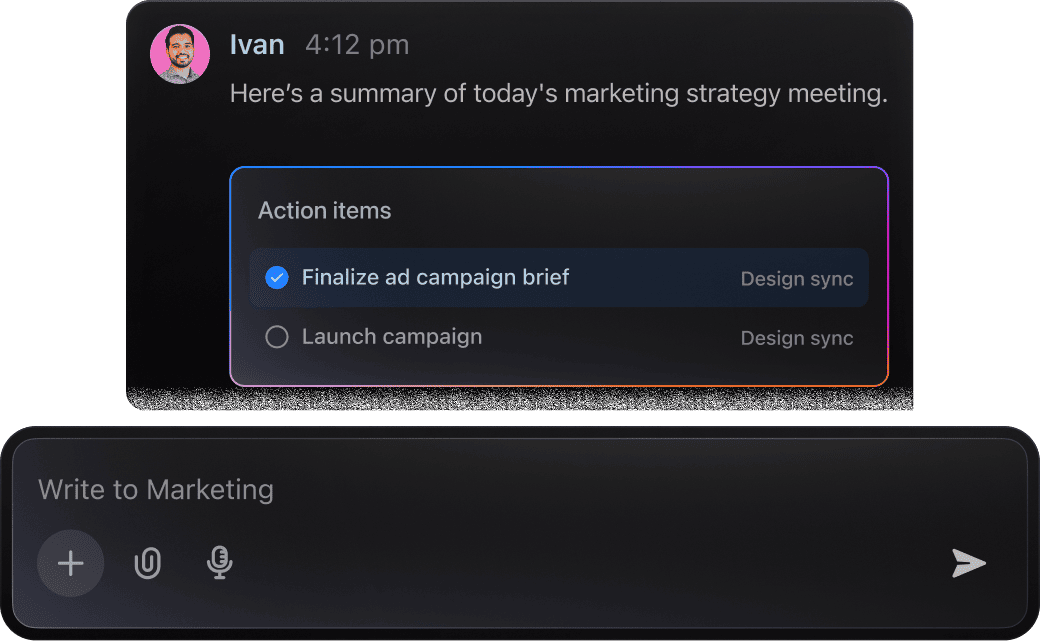
From Design Concepts to Engineering Execution
Engineers often face the challenge of parsing through detailed task comments and feedback. ClickUp Brain simplifies this by pinpointing key action points, highlighting concerns, and crafting next-step communications from your notes.
Leverage ClickUp Brain to:
- Condense complex technical conversations saved in tasks or Docs
- Convert detailed design annotations into actionable engineering assignments
- Automatically generate issue logs or project handoff briefs
- With Brain Max, effortlessly retrieve past decisions, component analyses, or project dialogues across your workspace—eliminating tedious searches through CAD documentation.
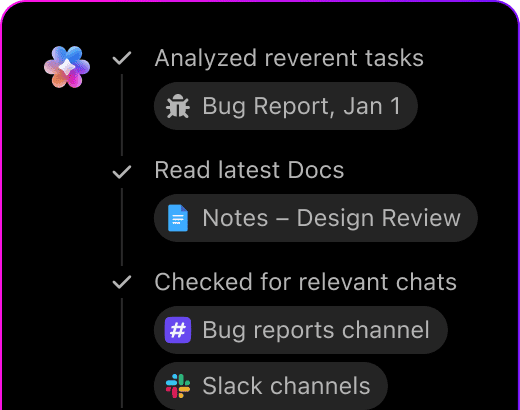
Onboarding Experience Design
Crafting onboarding flows involves balancing user feedback, training materials, and platform requirements. ClickUp Brain simplifies this process—extracting key takeaways and creating consistent onboarding content.
Leverage ClickUp Brain to:
- Analyze interview notes for clear action points
- Produce welcome messages and tutorial scripts tailored to your brand voice
- Convert user comments into task lists for improvements or fixes
- Brain Max enhances this by effortlessly referencing past onboarding studies or related program launches, even over extended timelines.
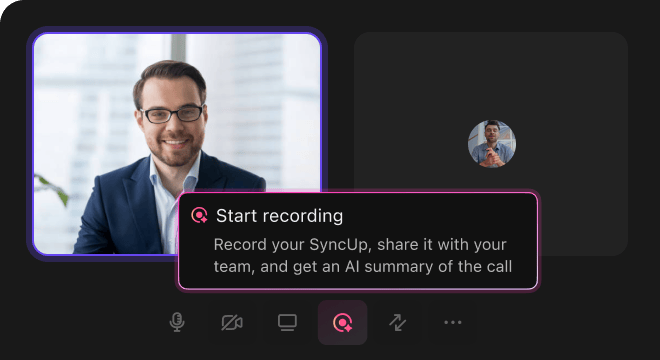
Unlock AI Potential
How AI Prompts Revolutionize Your Onboarding Experience
Integrating AI prompt workflows reshapes your onboarding process completely:
- Accelerate ramp-up: Transition new hires from introductions to role clarity, training plans, and checklists swiftly
- Minimize confusion: Detect gaps by reviewing feedback and progress reports
- Align your team: AI-crafted summaries and updates ensure everyone shares the same understanding
- Make informed choices: Use prompts to gather insights on compliance and best practices
- Shape success: Generate innovative onboarding strategies beyond standard procedures.
Every output fits naturally within ClickUp, turning AI-generated content into actionable docs, tasks, and dashboards that drive onboarding forward.
Prompt Guidance
Crafting Effective Prompts for Onboarding Success
Clear prompts unlock smoother team integration.

Define the onboarding scenario clearly
Vague prompts yield vague responses. Specify details like role type (e.g., “remote marketing associate” or “entry-level developer”), onboarding objectives (e.g., “accelerate product knowledge” or “build team rapport”), or department focus (e.g., “customer support” or “engineering”).
Example: “Outline a 30-day onboarding plan for a junior sales rep in a SaaS startup.”

Use comparative prompts to refine approaches
AI excels at distinguishing nuances between methods. Frame prompts as “compare X vs Y” to evaluate onboarding techniques, training tools, or engagement strategies.
Example: “Compare benefits of mentor-led onboarding versus self-paced e-learning for new hires.”

Position prompts around specific onboarding goals
Treat your prompt as a clear task for AI to fulfill. Instead of “Generate onboarding ideas,” focus on the desired outcome:
Example: “Design a checklist for onboarding remote employees that ensures compliance and cultural integration.”

Specify the output format you need
Looking for a timeline, checklist, role-play script, or feedback survey? Be explicit. AI delivers better when the expected format is clear.
Example: “Provide a step-by-step onboarding schedule in bullet points with key milestones.”
Accelerate Onboarding Success with ClickUp Brain
ClickUp Brain goes beyond basic task tracking—it's your strategic partner guiding every phase of your onboarding process.





